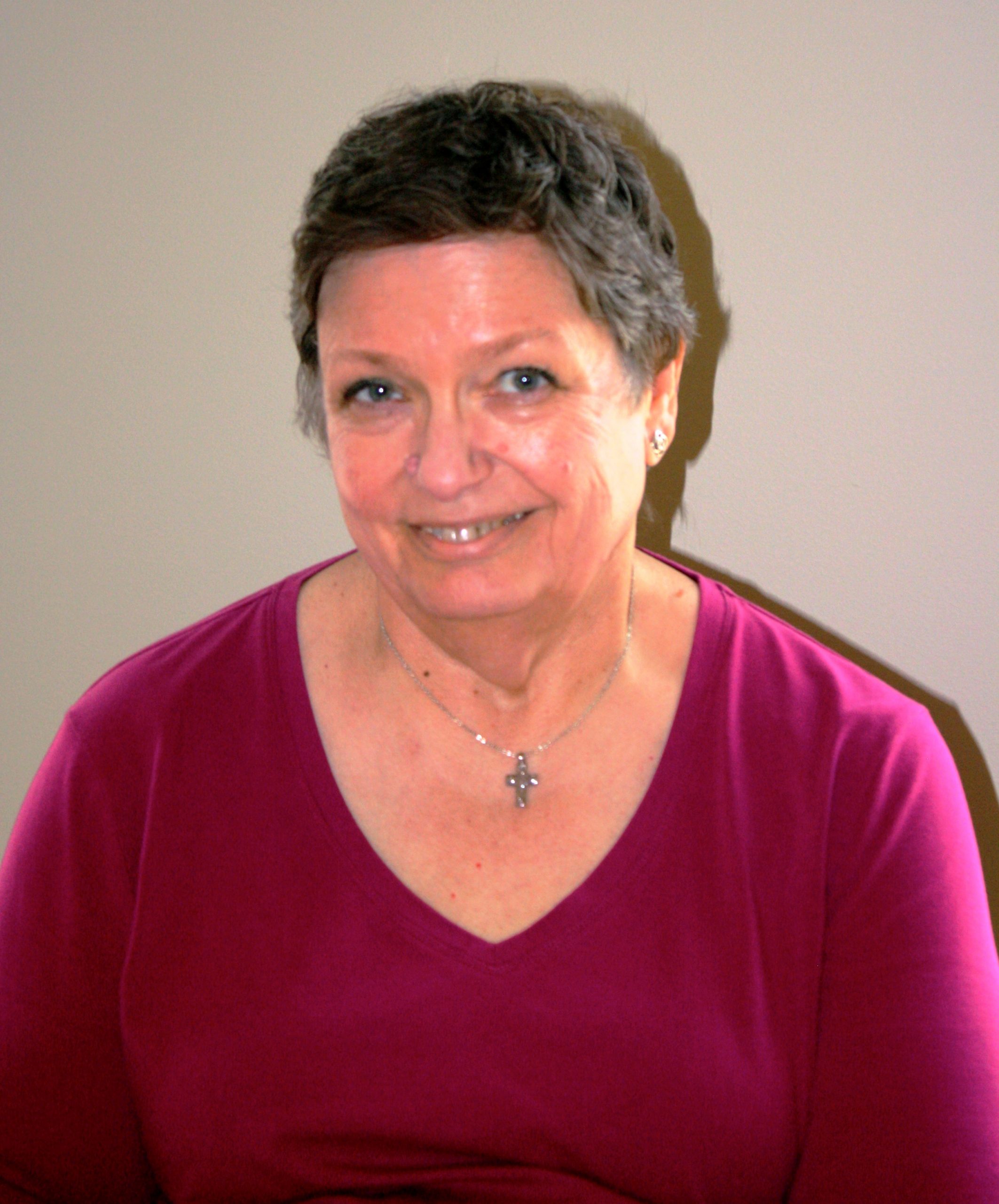
Welcome to 2015!
The beginning of a new year usually brings with it many thoughts and feelings. For me, the first one is always – What resolution am I going to set? That question in and of itself can be so thought provoking that I might not get around to setting a course of action until several weeks later, well into the new year. Whether we recognize it or not, most of us operate with a goal-oriented approach. Personal goals are critical to our happiness and contentment because they lead to accomplishments and gratification. Sometimes they lead to a deeper understanding of our qualities in the many roles we take on in our daily lives – an individual, a spouse, a parent, an employee and a volunteer for the Learning Disabilities Association of America.
This year the LDA Board of Directors will complete a goal-oriented planning process that has been ongoing for many months. During the past months of 2014, the Board has been intently looking at organizational growth and long-term sustainability for LDA of America. The question that has been asked is “What does LDA look like at the end of the 2020 fiscal year?” In answering this and other questions, three major components that foster organizational growth and sustainability have been considered. They are fiduciary, as LDA requires and operates with a balanced budget; strategic, denoting a plan with reasonable goals and related action steps that provides a continuity of focus across the organization – the how, who, and when; and generative, which is the long-range picture or vision that gives substance to the strategic plan allowing a strong part of growth and development – the what and why.
The focus of the Board’s work has been to address the generative component, which then sets the stage for validation and updating our strategic plan. It is important to recognize that generative planning can be likened to forward thinking and is critical for LDA’s organizational sustainment, succession and success.
Early on in the process, the Executive Committee created an in-house survey asking six very important questions.
- What do you think LDA will look like at the end of the 2020 fiscal year?
- What would you like LDA to look like at the end of the 2020 fiscal year?
- Is there anything that LDA is doing that it should stop doing?
- What does LDA do very well that are strengths?
- How do we continue to improve and refine our strengths, making them stronger?
- List your three top wishes for LDA.
At the September board meeting the Board of Directors began understanding the results of the survey and at special meetings in November and January a comprehensive discussion around the question “What does LDA look like in 2020?” followed. These discussions are moving LDA toward a long-term plan that will address organizational growth and stability.
At the February board meetings, the Board of Directors will validate what LDA looks like in 2020 with a clear future statement that leads to building a long-term plan. This process will lead to the updating and changing of our strategic plan with goals, objectives/tactics to begin to get us to the outcomes set for 2020. I ask for your support as we move through these important elements to continue to make LDA of America successful not only for the organization but for all those who need and rely on the work we do.
See you in Chicago at conference!



